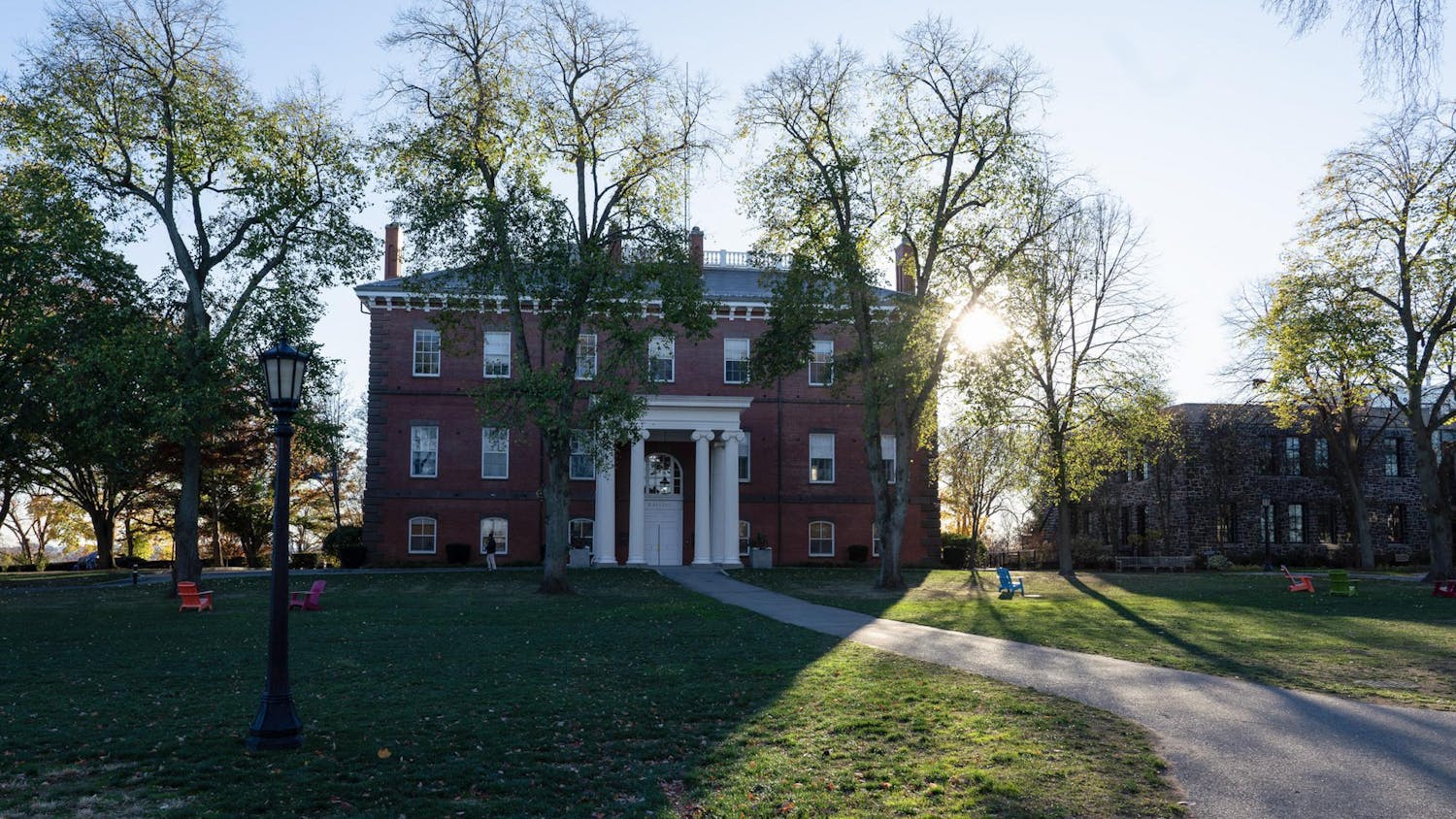Send Word Now contacted all 15,806 people who have a Tufts e-mail address during a test of Tufts' emergency alert system yesterday, according to Geoffrey Bartlett, technical services manager at the Department of Public Safety.
The system, implemented in the wake of the campus shooting at Virginia Tech last year, communicates with members of the community via SMS messages, phone calls and e-mails to Tufts and alternate accounts.
All told, Send Word Now blasted out 46,478 messages, reaching most recipients more than once. 23 percent of undergraduates are registered to only receive an e-mail; the rest also receive an SMS message, a phone call or both.
"One of the reasons why we so encourage people to register multiple device types is because one thing we are absolutely certain of is that not every device is going to work when we send out a communication," Bartlett said.
Send Word Now, an alert service hired by Tufts, sent out 8,929 SMS messages within four minutes yesterday. This translates into slightly more than 2,232 per minute. Almost all of the 15,806 e-mails to Tufts accounts were delivered in nine minutes, and the first round of calls to 17,309 phone numbers was completed in five minutes. The calls were then repeated if there was a busy signal or no answer. If voicemail picked up, the system left a message.
Dawn Irish, the associate director of outreach at Univer-sity Information Technology (UIT), said the test went smoothly.
"The technology keeps performing exceptionally well," she said. "We continue to be really happy with … the product we've chosen."
Yesterday's exercise also measured the administration's emergency preparedness, Bartlett said. Advance notice was given to administrators in charge of getting out the messages about the day of the test, but they were kept in the dark about the exact time.
"In doing these tests, we want to test the technology, [but we] also wanted to make sure that our procedures work effectively," Bartlett said.
Students reported mixed experiences with Wednesday's alert. Junior Melissa Dorr told the Daily that she missed the call because her phone was on silent all day.
"I didn't notice it until I got home," she said. "I didn't see anyone else get it." Dorr added that she did not receive a text message, despite getting one during March's test and the fact that she expected to receive one this time.
Nick Davidson, a first-year student at the Fletcher School of Law and Diplomacy, said that he had passing knowledge of yesterday's test through official e-mails sent earlier in the month in advance of the exercise, but that he had not registered his phone number.
"I knew there was going to be something," Davidson said. "It's my first year here and it's part of [the] information overload."
Sophomore Justin Binder praised the university for its work setting up the Send Word Now system over the past year. Binder said he received a phone call and a text message during a lecture in Wednesday's open block.
"It's good to know that they have our back," he said.
The school has conducted two tests since the system's introduction last September.
In November, it took 25 minutes to make 16,102 phone calls, and eight minutes to send 8,072 SMS text messages. In March, the system placed 16,782 phone calls and sent 8,535 SMS text messages in four minutes.





